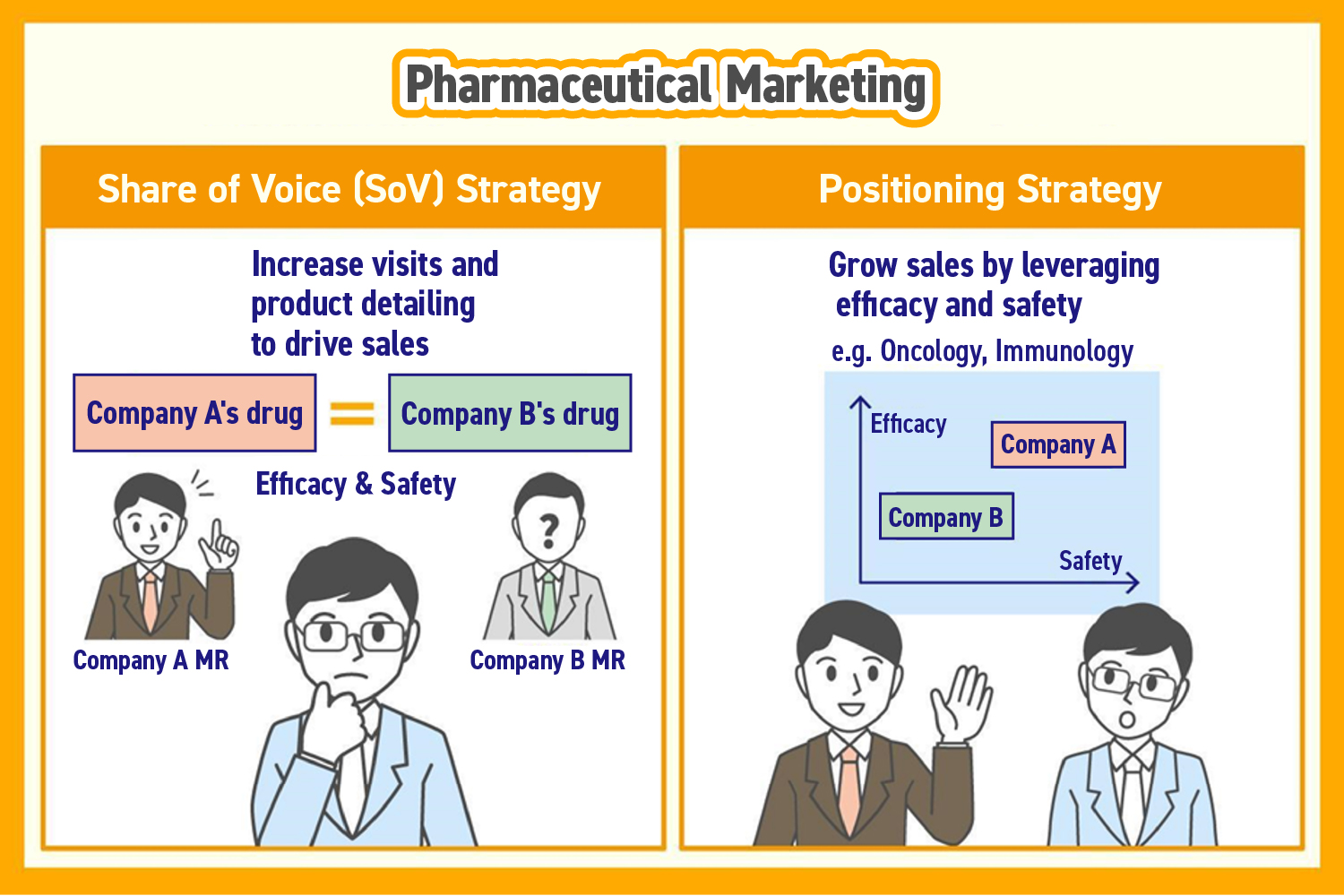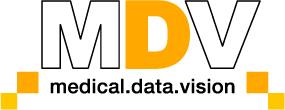Pharmaceutical marketing balances established engagement strategies with adaptation to an evolving healthcare ecosystem. Historically, companies relied on Medical Representatives (MR) and Share of Voice (SoV) strategies to drive awareness and prescriptions. Positioning strategies later emerged to highlight product differentiation and clinical value. Today, digital technologies, real-world data, and artificial intelligence are transforming interactions with healthcare professionals (HCPs) and patients. This article first examines the traditional cornerstones of pharma marketing, Share of Voice and Positioning, before exploring how data-driven tools are reshaping the industry.
The Current State of the Pharmaceutical Industry
The industry faces rising R&D costs, intense competition, and pressure for faster market access. While MRs remain important, in-person promotion alone is no longer enough, especially under stricter regulations. Digital engagement, personalized content, and data-driven insights are now central to interactions with HCPs and patients. Modern strategies focus on Share of Insight, delivering clinically meaningful information, and Share of Care, co-creating solutions to improve the healthcare experience.
Marketing Approaches in the Pharmaceutical Industry

Pharmaceutical marketing has relied on two core strategies: Share of Voice (SoV) and Positioning.
The SoV strategy
SoV measured the frequency of MR visits and the amount of product information delivered to physicians, particularly where multiple treatments had similar safety and efficacy, such as chronic diseases. Activity-based KPIs made performance easy to track, and strong MR–physician relationships accelerated adoption.
However, this approach had limits. Outcomes depended heavily on MR availability and activity, making SoV vulnerable to regulatory constraints, limited physician access, and staff turnover. As healthcare systems grew more complex, promotional volume alone no longer reflected impact.
Today, SoV has evolved. Companies now track brand presence across scientific publications, digital channels, and professional discussions, shifting the focus from quantity to quality. Modern SoV concepts like Scientific Share of Voice, Share of Insight, and Share of Care emphasize meaningful clinical information, support for physician decision-making, and collaborative solutions with patients and HCPs.
The Positioning Strategy
Unlike SoV, positioning focuses on defining a product’s unique value rather than exposure volume. It highlights differentiation through clinical evidence, safety, patient outcomes, and practical advantages such as convenience or ease of use.
Positioning is critical in specialty areas like oncology and immunology, where treatment decisions are complex and high-stakes. Companies succeed by building a strong scientific narrative supported by clinical trial data and real-world evidence. Rather than trying to outshout competitors, they earn trust by clearly demonstrating how a product fits into clinical practice. Positioning strategies are resilient to disruptions, creating a long-term foundation for brand success.
Both SoV and positioning remain relevant, but effectiveness now depends on integrating digital and evidence-based marketing.
Data-Driven Pharma Marketing Approaches
Digital and evidence-based strategies offer four key approaches for measurable impact: leveraging big data and AI, applying real-world evidence to decision-making, creating high-value content, and delivering webinars or virtual events. Each approach enhances insights, engagement, and communication with HCPs and patients.
Big Data and AI for Drug Development
Leveraging big data and AI enables smarter, more efficient drug development by turning large-scale clinical and molecular datasets into actionable insights. Companies can prioritize candidate compounds based on data-driven predictions, identify patterns that might be missed by intuition alone, and accelerate the discovery process while reducing costs and time.
Evidence-Based Marketing (EBM and RWD)
Marketing grounded in Evidence-Based Medicine integrates real-world clinical data to inform decision-making and optimize new drug development. By analyzing treatment outcomes, side effects, and patient-specific responses, teams can refine product messaging, identify opportunities for improvement, and deliver evidence that supports adoption by healthcare professionals.
Content Marketing
High-value content strengthens engagement with both healthcare professionals and patients by delivering timely scientific insights, treatment information, and practical guidance. Continuously updated, data-informed content not only enhances brand trust but also provides measurable insights into audience interaction, allowing for optimization of communication strategies.
Webinars and Virtual Events
Virtual events offer scalable, flexible engagement with healthcare professionals while generating rich interaction data. Attendance, viewing behavior, and engagement metrics can be analyzed to refine messaging, prioritize follow-ups, and maximize the impact of scientific communications. Recorded sessions provide convenience for busy clinicians and enable continuous optimization of outreach strategies based on real-world insights.
Explore Pharmaceutical Web Marketing with MDV
By combining traditional strategies with digital, data-driven, and evidence-based approaches, pharmaceutical companies can maximize marketing impact and generate actionable insights that drive growth and innovation. MDV offers solutions supporting drug development and data-driven marketing, including big data platforms, web-based analytics for clinical databases, and specialized tools for oncology research.
If you are considering market research or data-driven marketing initiatives in the pharmaceutical industry, MDV’s team can help you leverage insights and optimize your strategies.







